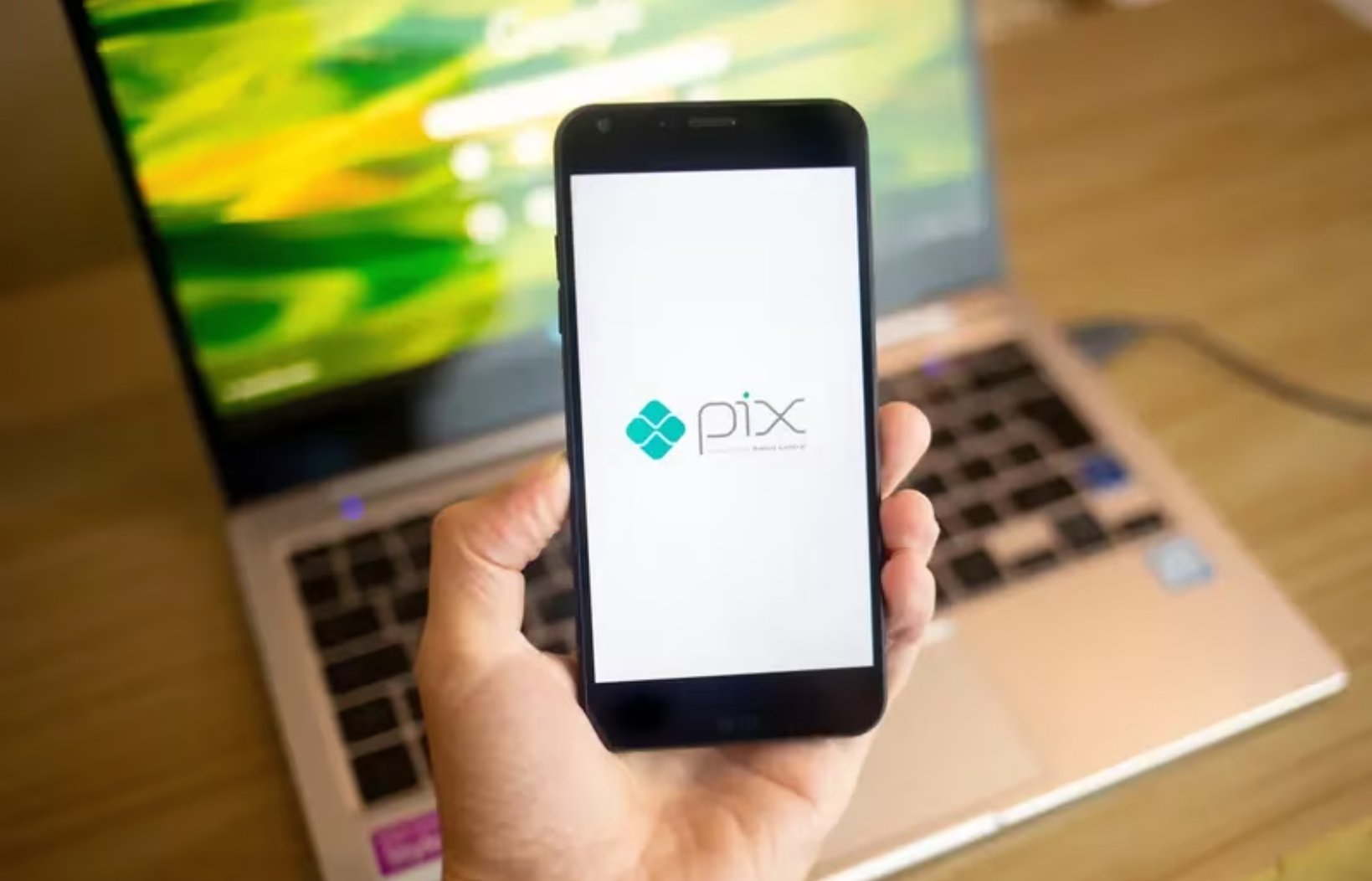Pix’s success in Brazil is undeniable. This digital payment method stands out among Brazilians, and there’s no denying that it has brought a revolution to the market, with numerous benefits. According to The Global Payments Report 2023, developed annually by Worldpay from FIS, by the end of 2022, 24% of Brazilian e-commerce transactions were made via Pix. This system, recognized for its speed and convenience, still has great prospects for bringing more news to the financial market in the coming years.
Recently, the Central Bank announced a series of measures aimed at expanding Pix’s reach, including a long-awaited one: the option to pay in installments. This new feature is expected to come into effect in the second quarter of 2024. However, some banks, both traditional and digital, have decided to get ahead of the game and have already started offering “Installment Pix”. This model is similar to an installment plan with interest on a credit card. Although not yet officialized as a standard by the Central Bank, it represents a clear sign of how the private sector is proactively adapting and innovating based on Pix.
Another innovation planned, also for 2024, is Automatic Pix, which will be a modality aimed at recurring payments, combining the experience of automatic account debiting with the management of digital subscriptions, which has become a common habit in our routine consumption of products and services. The expectation is that this model will offer flexibility and the option to cancel at any time, guaranteeing a more comfortable and controlled user experience.
There is undoubtedly a clear incentive for business models still linked to bank slip to migrate to Pix. Even so, credit card companies are showing interest and are working to offer more attractive rates, in an attempt to ensure that the cards retain a percentage of these payments.
While the use of Pix advances, offering instant payments and other integrated functionalities, the credit card does not lose its attractiveness. Above all, credit card offers differentials, especially regarding transaction security – such as chargebacks, which are absent in Pix transactions – and loyalty programs.
There should also be progress in some recurring business models where credit cards have never penetrated the country, and where Brazilian consumers are used to making immediate disbursements (as is the case with bank slips), such as utilities and education.
With these and other functionalities being integrated, Pix is likely to become the main payment method in Brazil, presenting a promising growth horizon in a short time. The adoption of this technology will represent a significant step forward, especially for merchants and companies, speeding up and reducing payment costs, as well as having a positive impact on companies’ cash flow.
Pix is undoubtedly consolidating itself not just as a payment tool but as a robust, multi-faceted platform with great disruptive potential in the Brazilian payment industry.
The Central Bank’s vision goes beyond its primary function of instant transfers and payments, seeing it as a catalyst for innovation. Pix’s structure, which blends practicality, agility, and accessibility, is fertile ground for new functionalities, integrations, and financial solutions that are destined to redefine how we manage and interact with our money.
As we embark on this revolutionary financial journey, we can expect Pix to continue to be the forerunner of innovations that further enrich and simplify our everyday financial transactions and experiences, keeping Brazil at the epicenter of advances in global digital payments.
*Translated by Janaína Ruviaro da Silva from the original in Portuguese.













